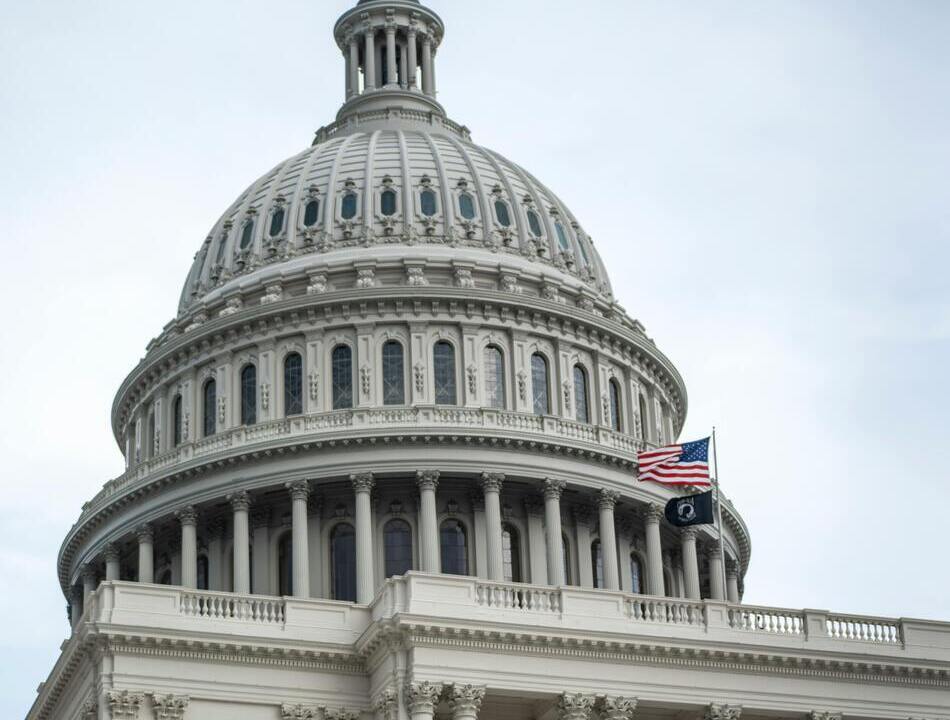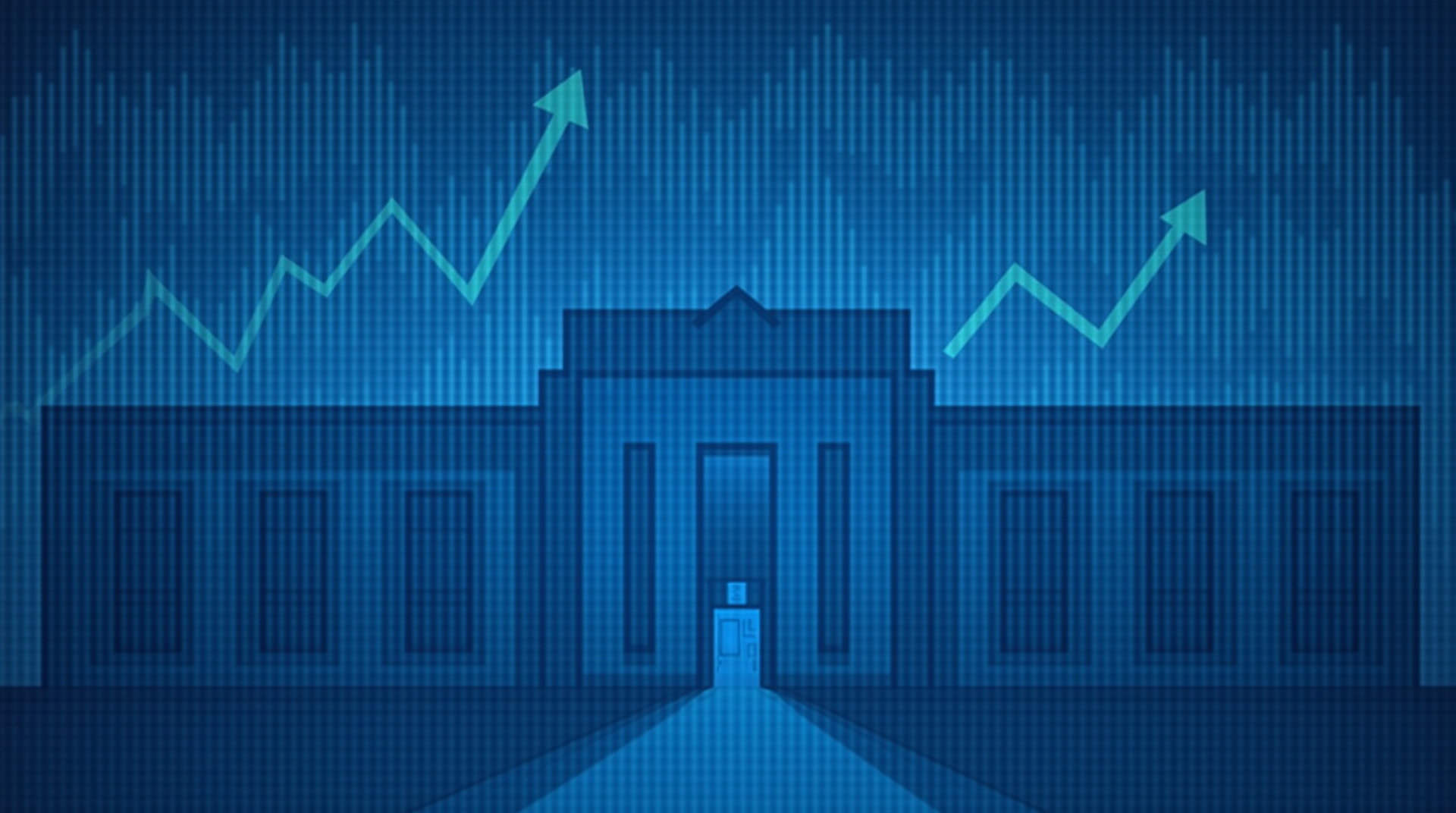Context and Impact After a Fed Rate Cut
The stock market’s reaction to a Federal Reserve rate cut depends heavily on the broader economic context. On average, the S&P 500 has delivered positive returns over six to twelve months following the first cut in a cycle—but not all rate cuts are created equal. When cuts are well-telegraphed, the market response is often muted. Surprise cuts, especially large ones (50 basis points or more), can trigger sharp volatility, as seen in August 2024 when disappointing jobs data contributed to a 3% single-day drop.
Historically, the S&P 500 has returned an average of 3.4% after six months and 14.1% after twelve months following an initial cut. However, these averages mask significant variation: in some cases, the index fell more than 20% within a year of the first cut. Since 1929, 86% of rate-cut cycles have led to positive twelve-month returns—so while the odds are favorable, outcomes are far from guaranteed.

Market Positioning and Investor Implications
Market expectations play a crucial role. Bond and derivatives markets often price in rate cuts well in advance—for example, traders recently assigned high odds to a cut in September 2025. When reality diverges from these expectations, volatility tends to spike.
For investors and corporate treasuries, the lesson is clear: don’t assume a rate cut will automatically lift markets. The broader macroeconomic environment—employment, inflation, growth—often matters more than the rate move itself. Leveraged and derivatives-based strategies can amplify gains or losses around these events, underscoring the need for disciplined risk management and diversification.
While day-to-day price swings capture headlines, it’s the six- to twelve-month horizon that truly shapes portfolio outcomes. A rate cut may provide a tailwind, but it’s rarely a solo driver of market performance.
Key Takeaways:
-
Avg. 6-month return after 1st cut: +3.4%
-
Avg. 12-month return: +14.1%
-
Some cycles saw declines >20%
-
Sept 2025 is widely anticipated for next cut
All eyes are now on the potential September 2025 rate decision. Whether history repeats itself will depend on the economic landscape at that time—proving, once again, that context is everything in investing.


